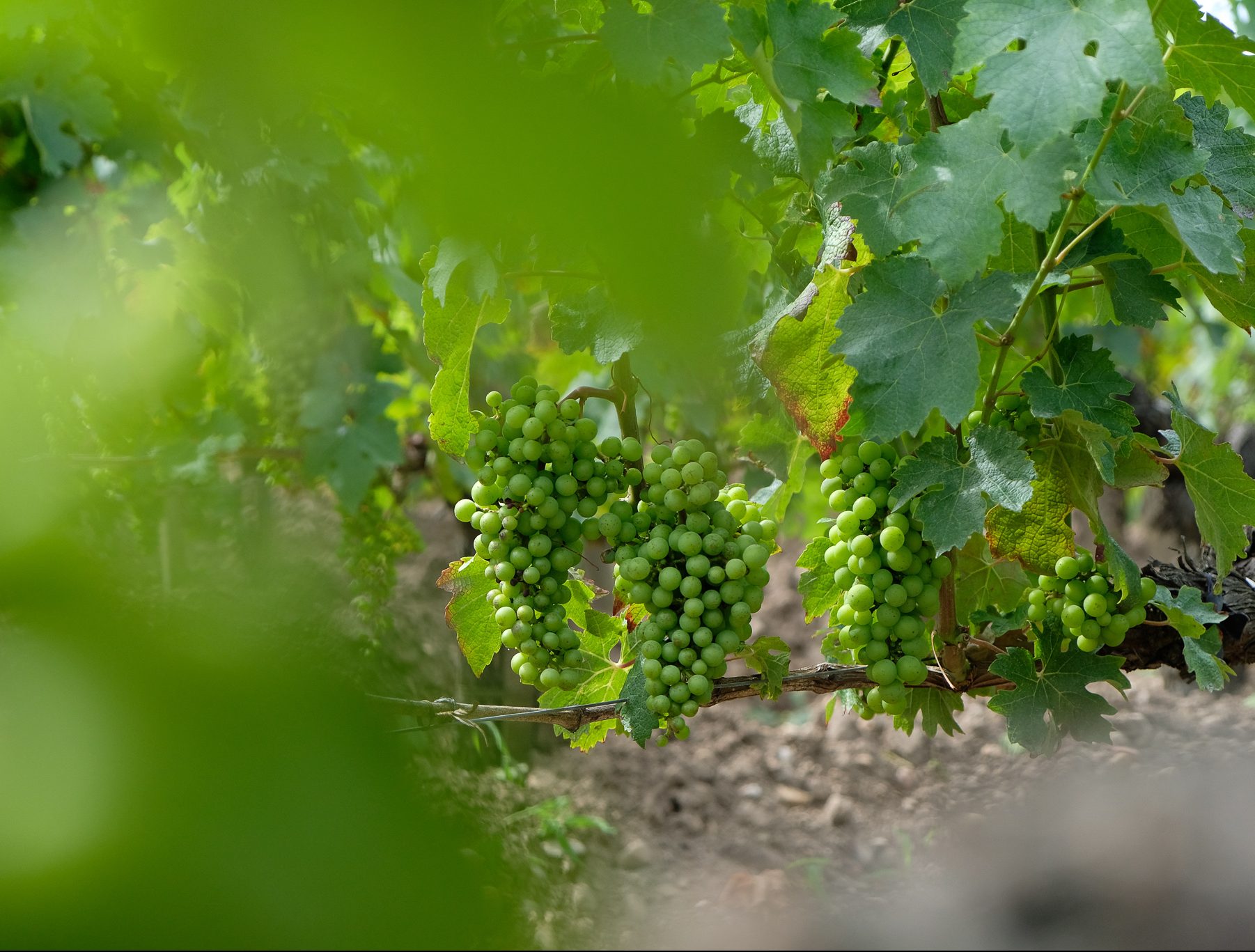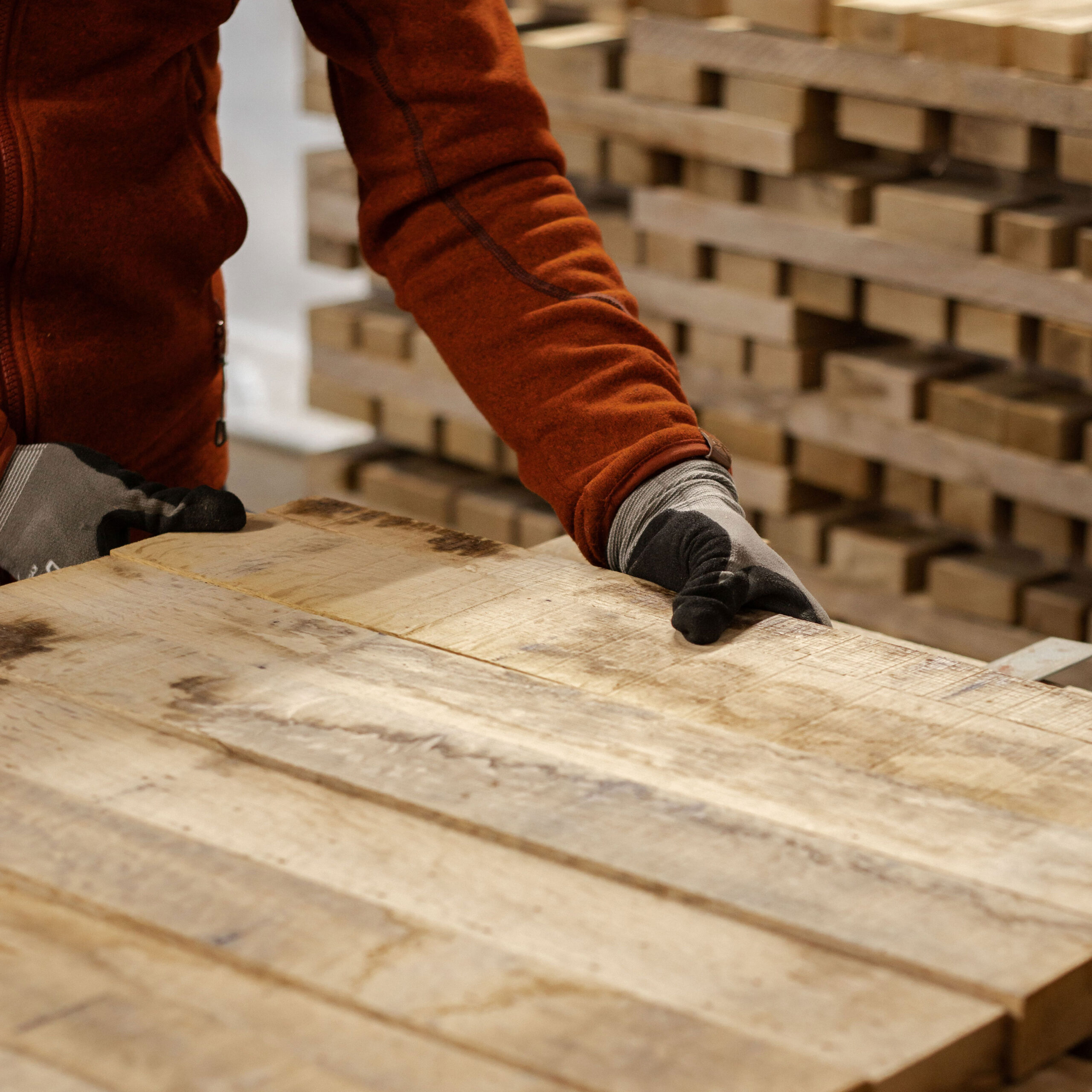Lecturer at the University of Bordeaux, research professor at the Institute of Vine and Wine with research activities focused on the compounds responsible for the taste of wines and aromas. Teacher at the ISVV (Science Institute of Vine and Wine) with a diploma in oenology and in charge of the DUAD (University Diploma of Wine Tasting Expertise). Also, wine consultant for properties in Bordeaux, Burgundy, Tuscany and Provence.
WHAT IS YOUR DEFINITION OF TERROIR ?
The terroir effect could be defined as the proven capacity of an area of land to produce wines with a typical taste, recognized as such in the long term by a market that is capable of appreciating its value. The wines must resemble each other and at the same time be distinguishable from other geographically close wines or wines from the same grape variety.
DO YOU INCLUDE THE HUMAN HAND IN THE DEFINITION OF TERROIR ?
It is essential to the notion of terroir. The vineyard is not a natural space, it is a space that is cultivated, modified and adapted by humans to meet the climatological and meteorological conditions of a place.
BETWEEN TERROIR AND HUMAN KNOW-HOW, WHICH ONE BECOMES PREDOMINANT ?
There is no opposition between the two. The human hand is a component of the land that we see, for example, if we take the Douro vineyard. It took a relentless effort from humans to continue growing vines in places that were very complicated to explore from the beginning.
WHEN WE SAY THAT A WINE REFLECTS THE TERROIR, CAN WE DETERMINE THE TASTE OF A TERROIR ?
We must go back to the initial definition of terroir and the proven capacity of an area of land to produce wines with a unique taste thanks to human skill and expertise and long-term recognition by a market. The term “proven” is very important because we can quickly hide behind the terroir to justify awkwardness or variation, and finally the terroir must have a taste because this is the basis of its definition. “There is no large predestined vineyard, there are only stubborn civilizations”, said Pierre Veilletet. This shows the weight of man in the construction of the terroir. Cros Parantoux is a very good example of local wines. Henri Jayer has strongly developed this plot to be able to cultivate the vine there. In the end, neglecting the part of man in the taste of wine is, in my opinion, a mistake. At the same time, the wine must be more marked by its origin than by the winemaker’s technique. There is no terroir without men and at the same time, man must be able to hide behind the terroir. Picasso said, “the advantage of mastering a technique is to allow the expression of a feeling”. I think that the goal of the winemaker is to master the terroir enough to reveal and express its feeling.
IF THE HUMAN HAND IS SUPPOSED TO FADE, WHAT ABOUT THE USE OF A BARREL ON THE TASTE OF WINE ?
The use of the barrel is a fine line; it is a component used in the adjustment of taste-production practices. For example, if you take a great white Sauvignon wine and raise it in 100% new oak barrels, you will lose identity and typicality. It is a grape variety that does not adapt well enough with new wood. Conversely, if you have a high-quality Cabernet Sauvignon or a Pinot Noir and simply age them in tanks, you risk losing complexity. In summary, the purpose of ageing wine in oak barrels is the same as evening dress. It underlines the elegance of the person who wears it, but if the outfit is badly chosen, then we quickly cross a line into the ridiculous. Someone who is well dressed is always more elegant than when he is not.
DO YOU THINK BLENDED WINES EXPRESS THE TERROIR AS WELL AS WINES FROM SPECIFIC PLOTS ?
The blending of grape varieties is not an obstacle to the expression of the terroir. It’s as if we have several musicians playing the same melody and where the style of each musician will be erased in favor of the melody. If we are talking about assembling different plots, we must take into account the resolution that we give to the notion of territory, just as we would do in photography. In Bordeaux, the terroir most often corresponds to the cru. It has a form of soil unit, or at least soils that will complement each other and give an image. We do not summarize the terroir to the plot only; we summarize it to the property. Which also makes sense. Because why would we want to dissociate the Perrières Dessus and the Perrières Dessous ? Although it is not exactly the same type of soil, it is the Meursault 1er Cru Perrières appellation. If we combined the Perrières Dessus and Dessous wouldn’t we have a fairer vision of what a Meursault 1er Cru Perrières would be, rather than isolating them separately ? For me, the blend is not in opposition to the terroir. This is why the more or less vast scale that is given to the idea of terroir is so important.
HOW DO YOU SEE TERROIR, WHICH IS THE RESULT OF LONG-TERM WORK WITH GLOBAL WARMING, EVOLVING ?
I think that it is difficult to model global warming because we should not underestimate the adaptation of life. However, in the production of wine, there are two living beings involved: the vine and the man. Man has been able to adapt to the evolution of cultural practices, plant material and the vine through a reaction to the evolution of the ecosystem. I am rather for the sustainability of terroir, knowing that the relationship between time and great wines is quite paradoxical. We are working in the laboratory on the aromas of great Chardonnay wines, in particular on the molecules that are markers of the hazelnut aroma. In a text by Doctor Morelot of 1831, on the History of the great vineyards of Burgundy, it is written that “the wines of Meursault are distinguished by the aroma of hazelnut”. Today, if we take the characteristics of Meursault on the BIVB (the Bourgogne Wine Board) website, the aroma of hazelnut is also mentioned. That is to say that in two centuries, with the strong evolution of the climate, the evolution of human practices, the passage of phylloxera and the undeniable evolution of plant material, we still observe a continuity in style.
IS THE WINEMAKER AN ARTIST ?
The answer is not that simple. Because I consider wine as a work of art but I do not consider the winemaker as an artist. For me, the artist is the terroir and the winemaker is the artisan, possibly an art artisan because there is a certain sensitivity in winemaking. The real artist is the terroir. This does not neglect the role of man because without man there is no land. The terroir is a natural obstacle that has been overcome.
Interview conducted by Marie-Pierre Dardouillet @Cépagescommunication for Cadus – 2020






 This website uses cookies to enhance your web experience.
This website uses cookies to enhance your web experience.